Featured Products
Featured Products
Home Renovation vs. Home Reform
Home Renovation vs. Home Reform
HOME RENOVATION
Renovation refers to a more complete overhaul, which can include adding or removing walls and making changes to the layout of the residence.
HOME REFORM
Reform is used to describe the replacement of flooring, wallpaper and updates to specific areas, like the bathroom, bedroom and kitchen.
| Category | Renovation | Reform |
| Financial Cost | High | Low |
| Re-Design Level | Unlimited | Limited |
| Material Req. | Numerous | Few |
| Time To Complete | Long | Short |
HOME RENOVATION
Renovation refers to a more complete overhaul, which can include adding or removing walls and making changes to the layout of the residence.
HOME REFORM
Reform is used to describe the replacement of flooring, wallpaper and updates to specific areas, like the bathroom, bedroom and kitchen.
| Category | Renovation | Reform |
| Financial Cost | High | Low |
| Re-Design Level | Unlimited | Limited |
| Material Req. | Numerous | Few |
| Time To Complete | Long | Short |
| Category | Renovation | Reform |
| Financial Cost | High | Low |
| Re-Design Level | Unlimited | Limited |
| Material Req. | Numerous | Few |
| Time To Complete | Long | Short |
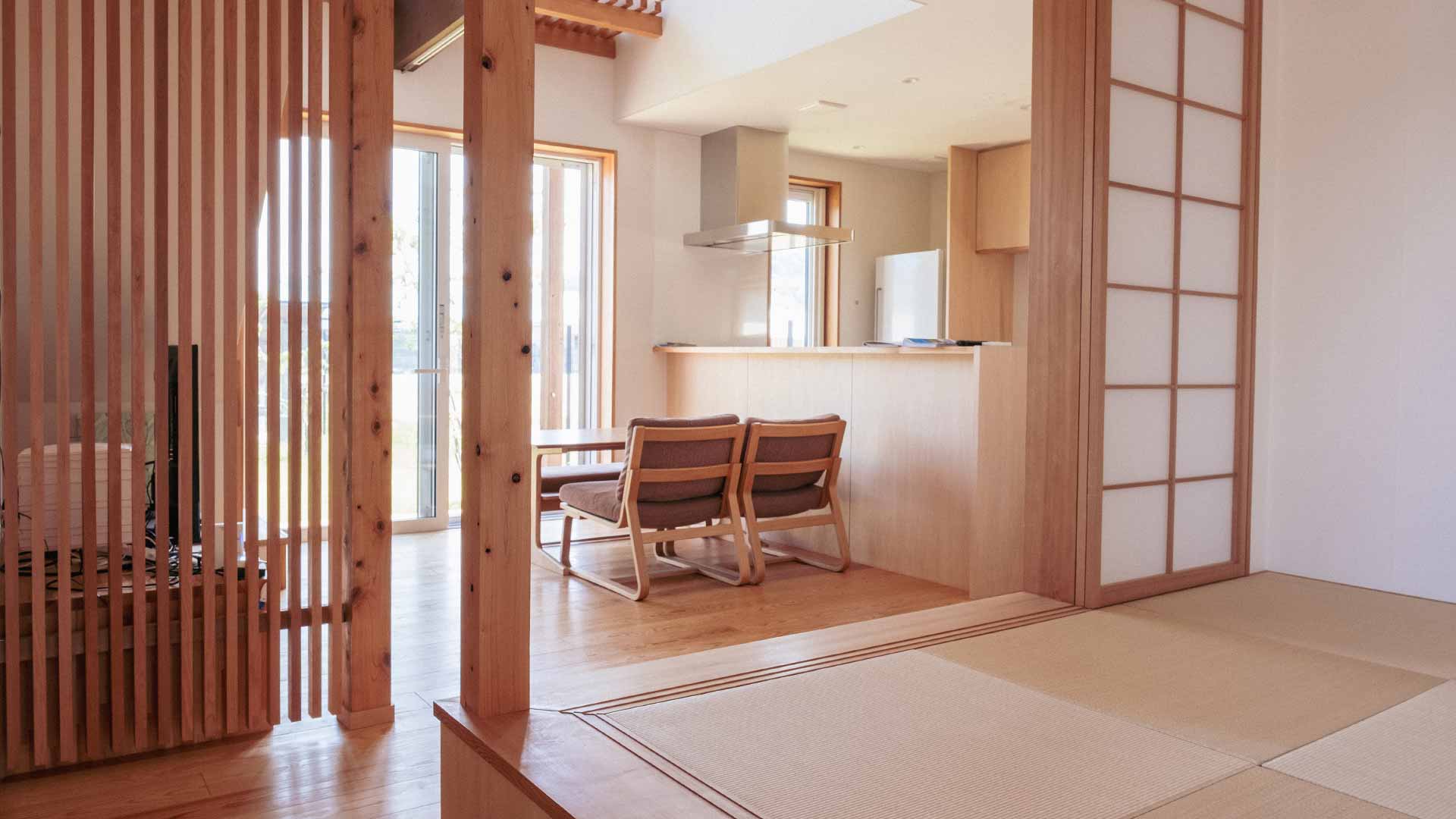
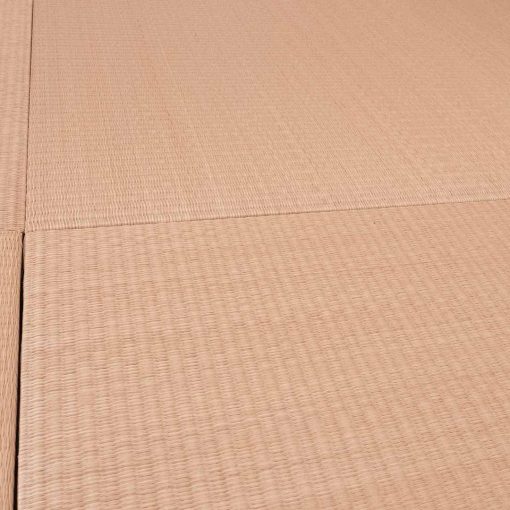
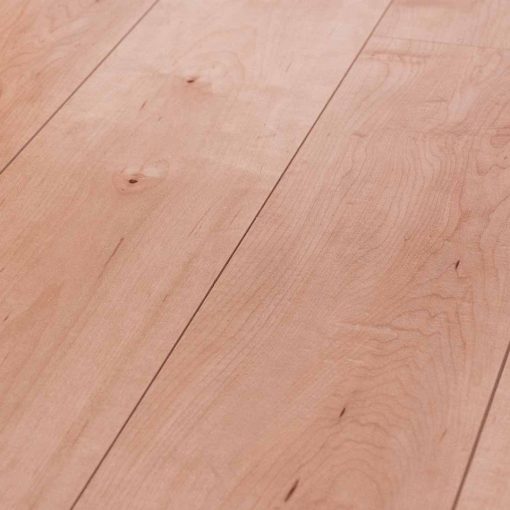
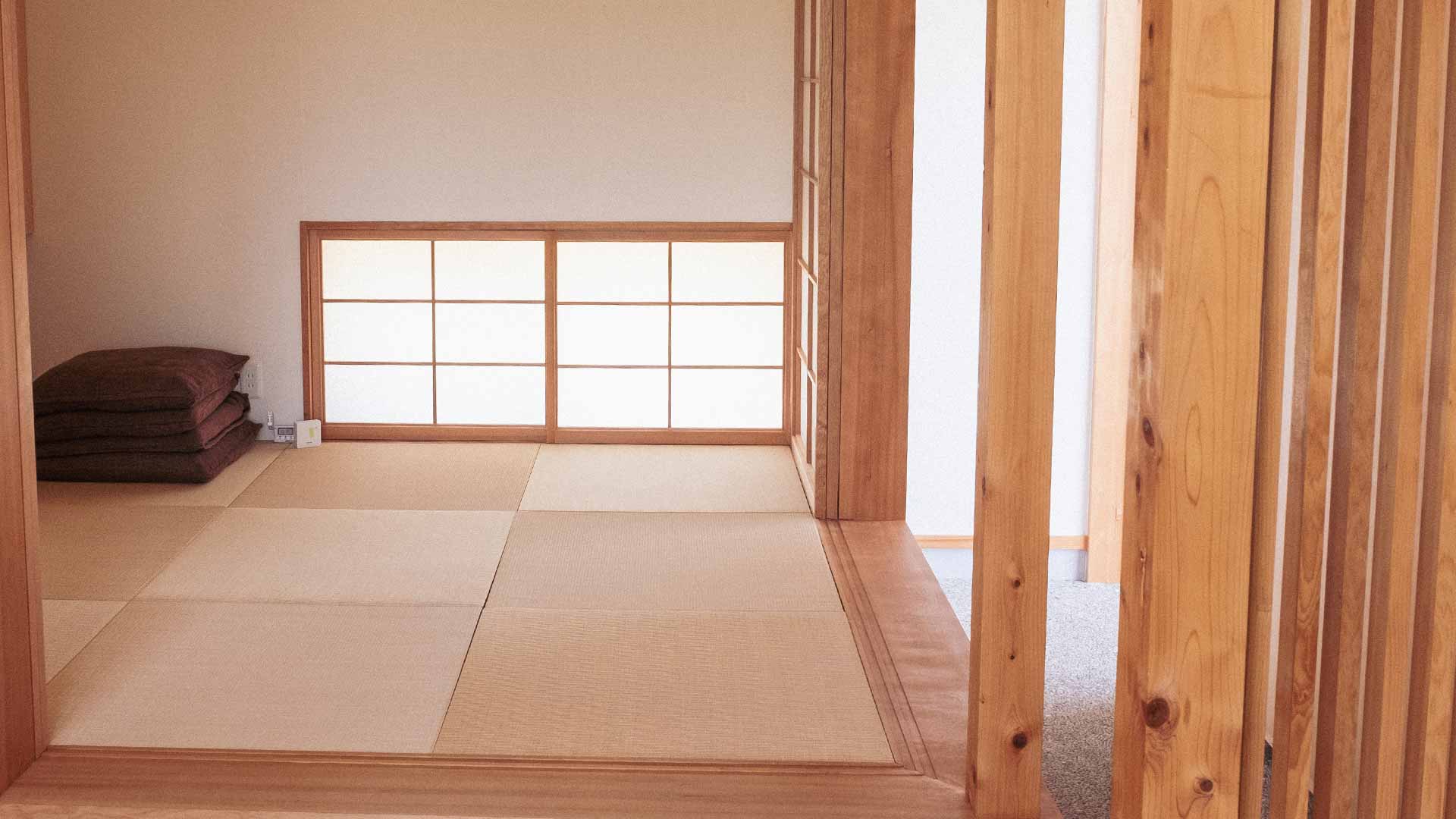
Japanese Style Home Renovation
Currently, when it comes to renovation of a house, condo or townhome, in Thailand, there is high popularity and trend in renovation in Japanese style. This can be seen across the design industry, as design groups are starting to create more designs, projects and renovate in this eastern style.
There are a few key things that can be added to your home to truly achieve a Japanese style renovation.
Wall, floor, ceiling and even furniture colors should be of more natural and understated tones. Ceilings can have wooden slats to further add to the natural feel and harmony of the home.
There should be a separate 2 to 3 square meter area dedicated to relaxation, with tatami floors, which are now available in Thailand and are imported from Japan.
To add a more Japanese appearance to the exterior of your home, it is suggested to add a covered wooden walkway strip that runs along your house, also known as “Engawa” in Japanese.
Adding traditional Japanese paper sliding doors will help to brighten the room while also retaining privacy provided by the paper covered vents. The paper on these doors is durable, however, it is still quite easily damaged and not recommended for homes with small children or animals.
All Japanese homes include a “Genkan”, which is an area of no more than 4 square meters on the inside of the home at the entrance. This area is used specifically for the removal and storage of shoes, luggage, etc. This helps to keep the home clean from outside dirt.
When it comes to the renovation of the bathroom area, in keeping with the Japanese style, the bathtub itself should not be overly large and there should a showering area next to the bathtub for cleaning prior to entering the bathtub.
The above are key points in guiding renovation design and planning when it comes to Japanese style, as with this easter style the design focuses on keeping the home full of natural light and colors, while promoting relaxation, harmony, cleanliness and above all comfort. It is a truly appealing style of renovation.
Japanese Style Home Renovation

Currently, when it comes to renovation of a house, condo or townhome, in Thailand, there is high popularity and trend in renovation in Japanese style. This can be seen across the design industry, as design groups are starting to create more designs, projects and renovate in this eastern style.
There are a few key things that can be added to your home to truly achieve a Japanese style renovation.
Wall, floor, ceiling and even furniture colors should be of more natural and understated tones. Ceilings can have wooden slats to further add to the natural feel and harmony of the home.
There should be a separate 2 to 3 square meter area dedicated to relaxation, with tatami floors, which are now available in Thailand and are imported from Japan.
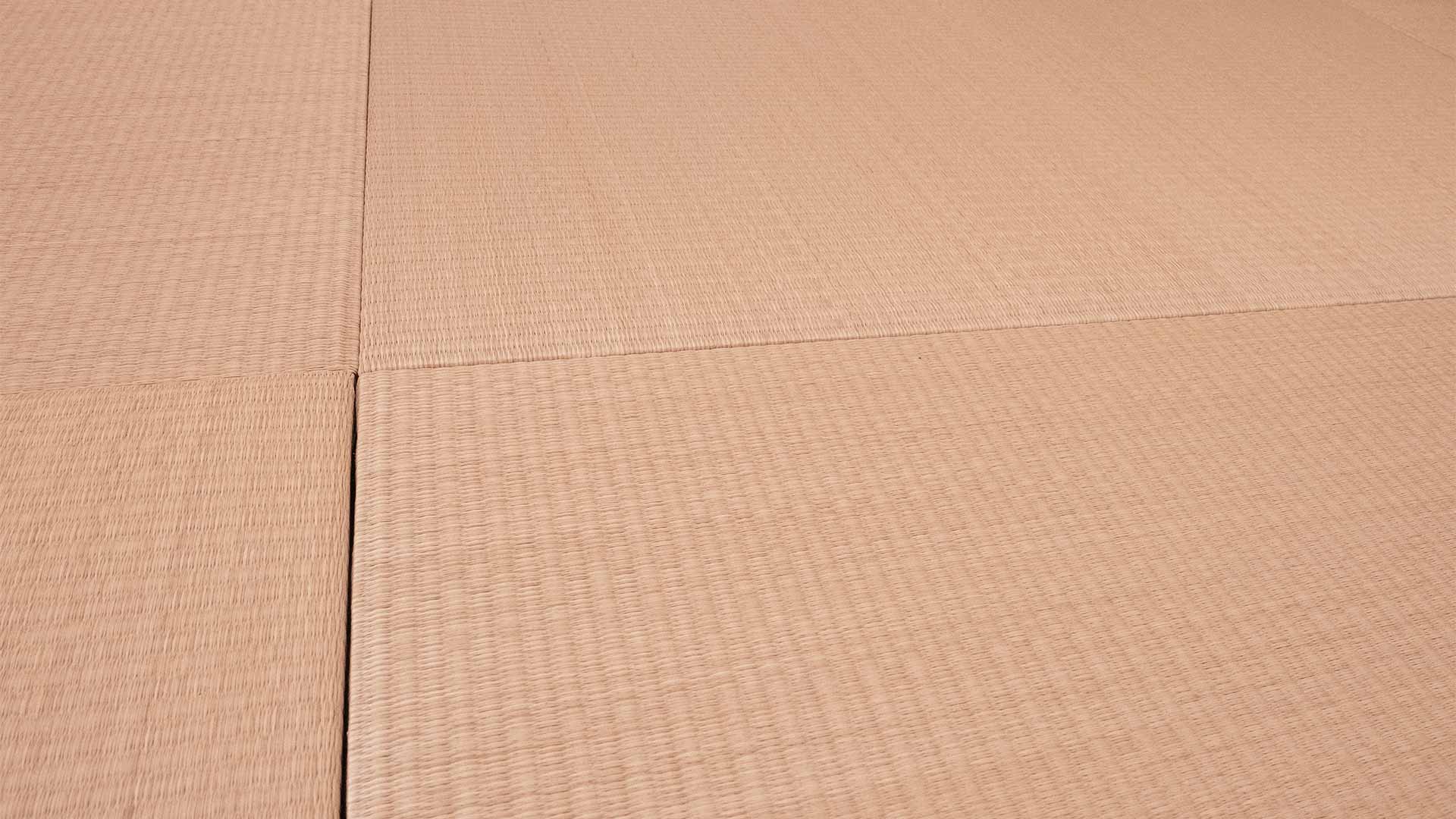
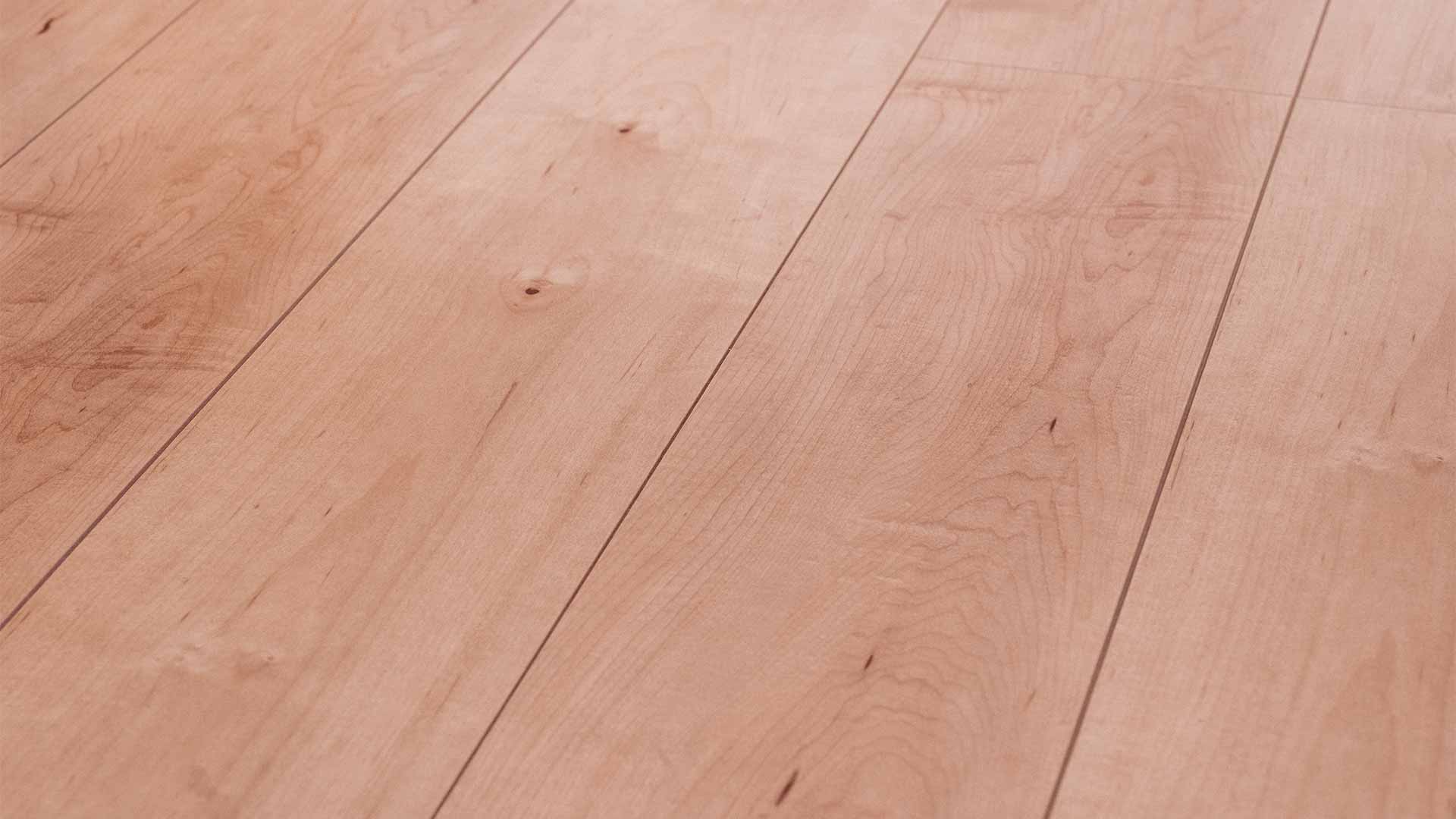
To add a more Japanese appearance to the exterior of your home, it is suggested to add a covered wooden walkway strip that runs along your house, also known as “Engawa” in Japanese.
Adding traditional Japanese paper sliding doors will help to brighten the room while also retaining privacy provided by the paper covered vents. The paper on these doors is durable, however, it is still quite easily damaged and not recommended for homes with small children or animals.

All Japanese homes include a “Genkan”, which is an area of no more than 4 square meters on the inside of the home at the entrance. This area is used specifically for the removal and storage of shoes, luggage, etc. This helps to keep the home clean from outside dirt.
When it comes to the renovation of the bathroom area, in keeping with the Japanese style, the bathtub itself should not be overly large and there should a showering area next to the bathtub for cleaning prior to entering the bathtub.
The above are key points in guiding renovation design and planning when it comes to Japanese style, as with this easter style the design focuses on keeping the home full of natural light and colors, while promoting relaxation, harmony, cleanliness and above all comfort. It is a truly appealing style of renovation.
Japanese Style Home Reform
Just as with Japanese style home renovation, when it comes to Japanese style home reform or improvement, many of the key points remain the same but the amount of actual change in the home is reduced due to the difference between renovation and reform.
It is still important to create and maintain a more natural and calm combination of colors and materials when approaching styling your home in this eastern way.
If you are considering adding new windows or extending the ones you have, in keeping with Japanese styling, it is suggested to take into account the four seasons regardless of whether your area experiences them or not. By taking into account the position of the sun and the four seasons, Japanese homes are able to take advantage of the heating power of the sun during the cold winter months, and the cooling effect of the wind during the warmer months.
The use of real wood tends to bring with it issues such as weathering, impact damage, shrinking and swelling with temperature changes and moisture, etc., therefore, the use of artificial wood has gained a lot of popularity in recent years. Here at Fukuvi, we manufacture a special type of artificial wood, or more commonly known as wood plastic composite (WPC), that maintains a nearly indistinguishable texture, look and feel from that of real wood, without any of the downsides of actual wood.
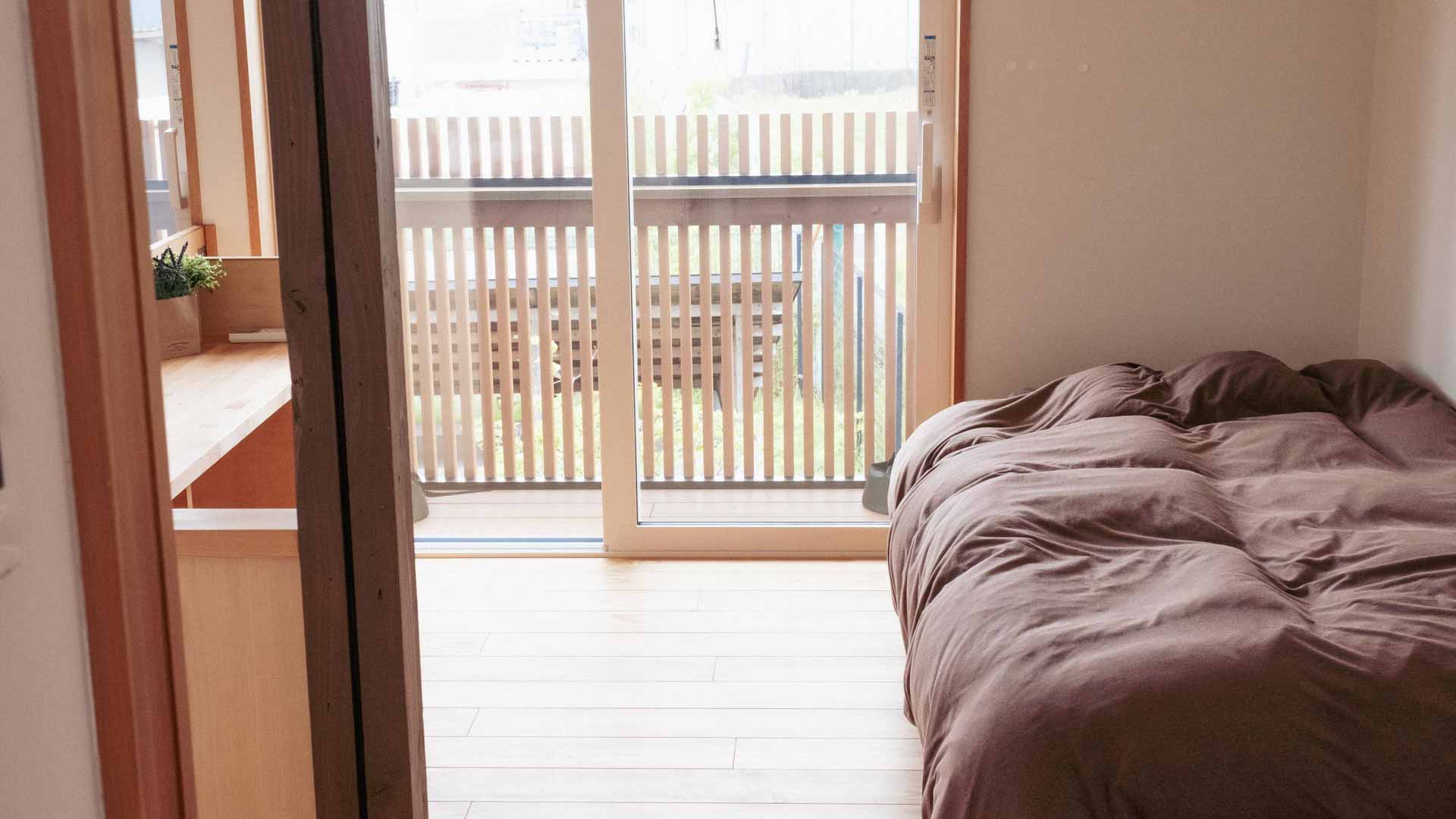
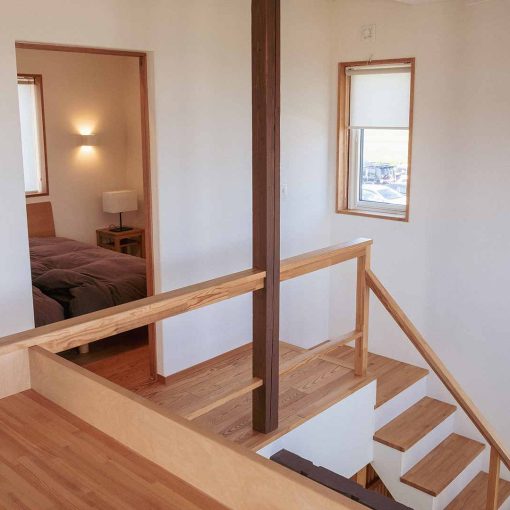
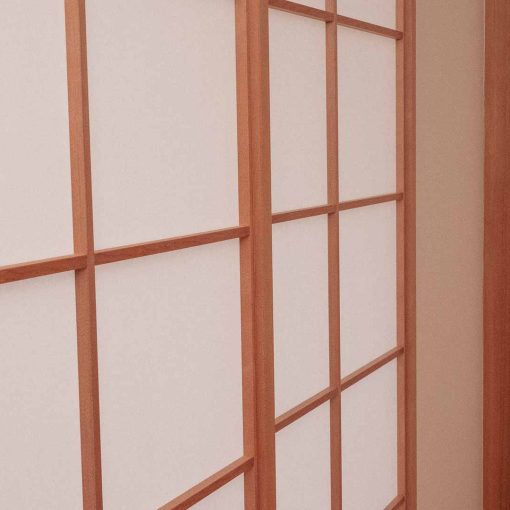
Japanese Style Home Reform

Just as with Japanese style home renovation, when it comes to Japanese style home reform or improvement, many of the key points remain the same but the amount of actual change in the home is reduced due to the difference between renovation and reform.
It is still important to create and maintain a more natural and calm combination of colors and materials when approaching styling your home in this eastern way.
If you are considering adding new windows or extending the ones you have, in keeping with Japanese styling, it is suggested to take into account the four seasons regardless of whether your area experiences them or not. By taking into account the position of the sun and the four seasons, Japanese homes are able to take advantage of the heating power of the sun during the cold winter months, and the cooling effect of the wind during the warmer months.
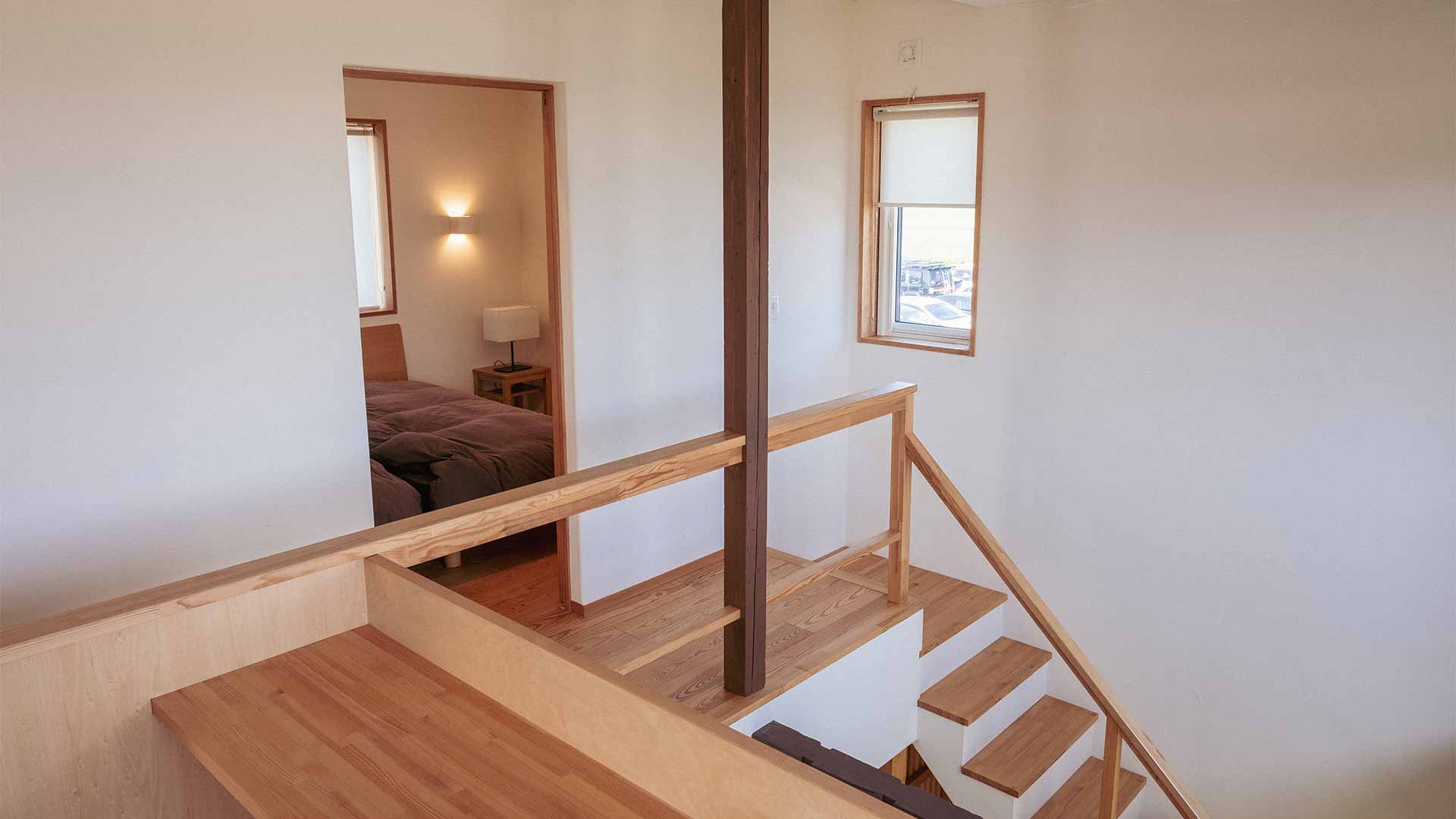
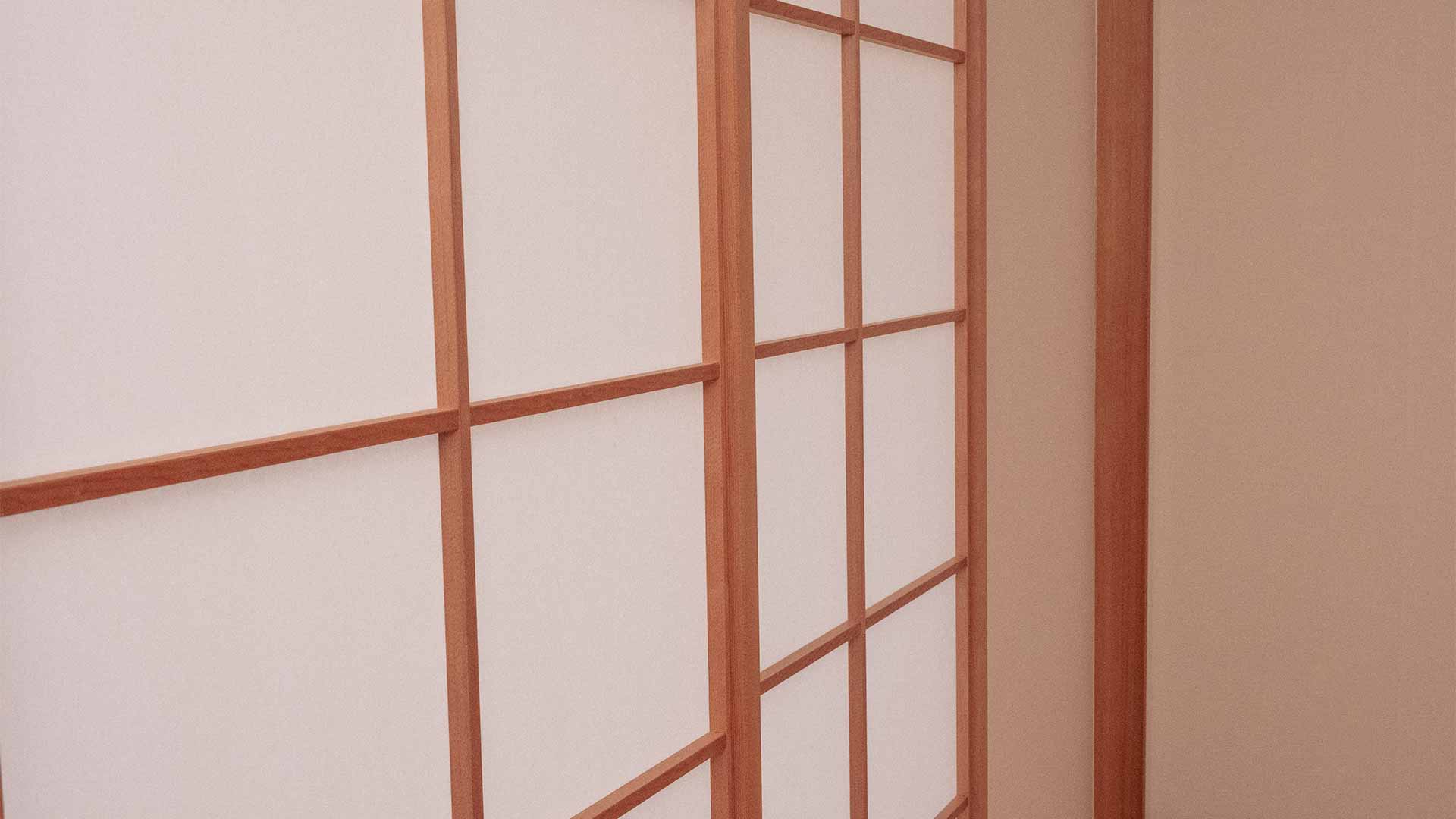
The use of real wood tends to bring with it issues such as weathering, impact damage, shrinking and swelling with temperature changes and moisture, etc., therefore, the use of artificial wood has gained a lot of popularity in recent years. Here at Fukuvi, we manufacture a special type of artificial wood, or more commonly known as wood plastic composite (WPC), that maintains a nearly indistinguishable texture, look and feel from that of real wood, without any of the downsides of actual wood.
About Fukuvi
About Fukuvi
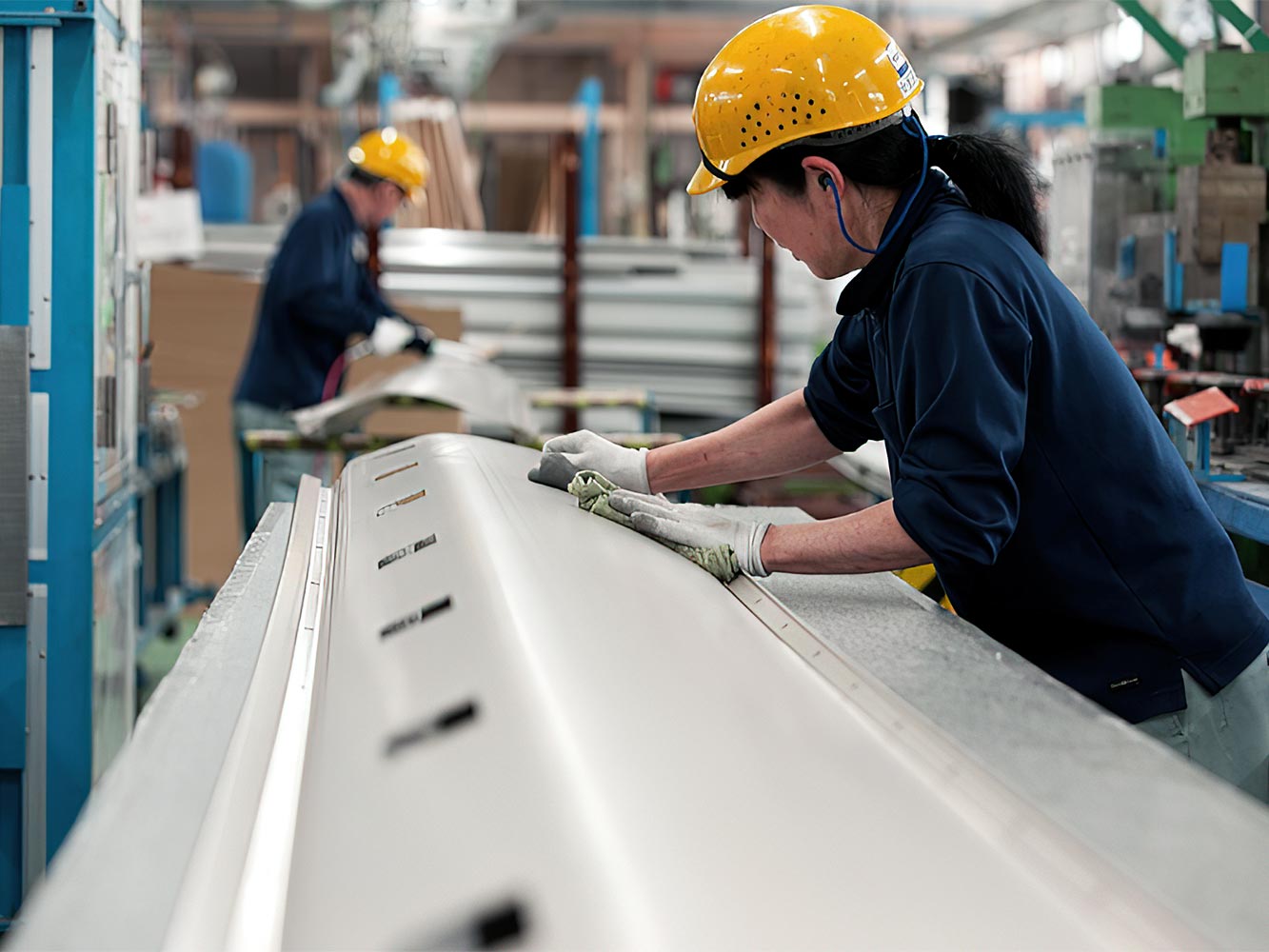
Over the 50+ years in the extrusion molding manufacturing industry, we have developed and improved a variety of manufacturing processes to be able to provide products of the highest quality to our OEM and Construction clients around the world.
We take pride in our work and our products, always making sure that the process and ingredients used during manufacturing are of high quality and meet our personal high standard.

Over the 50+ years in the extrusion molding manufacturing industry, we have developed and improved a variety of manufacturing processes to be able to provide products of the highest quality to our OEM and Construction clients around the world.
We take pride in our work and our products, always making sure that the process and ingredients used during manufacturing are of high quality and meet our personal high standard.
Fukuvi Materials
Fukuvi Chemical Industry Co., Ltd. is the largest plastic extrusion manufacturer of construction and industrial products in Japan. Headquartered in Fukui City, Fukui Prefecture, Fukuvi produces materials for residential, commercial and industrial building and renovation projects. Our products are used across countries like, Thailand, Japan, Vietnam, USA, etc. in home renovation, reform and construction. Despite being a plastic extrusion manufacturer, we pride ourselves on our dedication and efforts in reducing our impact on the environment throughout all of our operations.
At Fukuvi Thailand, we supply a variety of products for interior and exterior home renovation projects, such as, bathroom wall decoration, bathroom wall panels, bathroom flooring, bathroom ceiling, kitchen wall panels, non-slip flooring, wood plastic composite (WPC) deck, louver, wall paneling and much more. Not only products, but we also have available an official subcontractor and professional installers in case our customers need such services.
Currently, at Fukuvi Thailand, we do not have a showroom but are actively working on building one as soon as possible. Once our showroom is finished, interested parties will be able to visit us and experience our products in person.
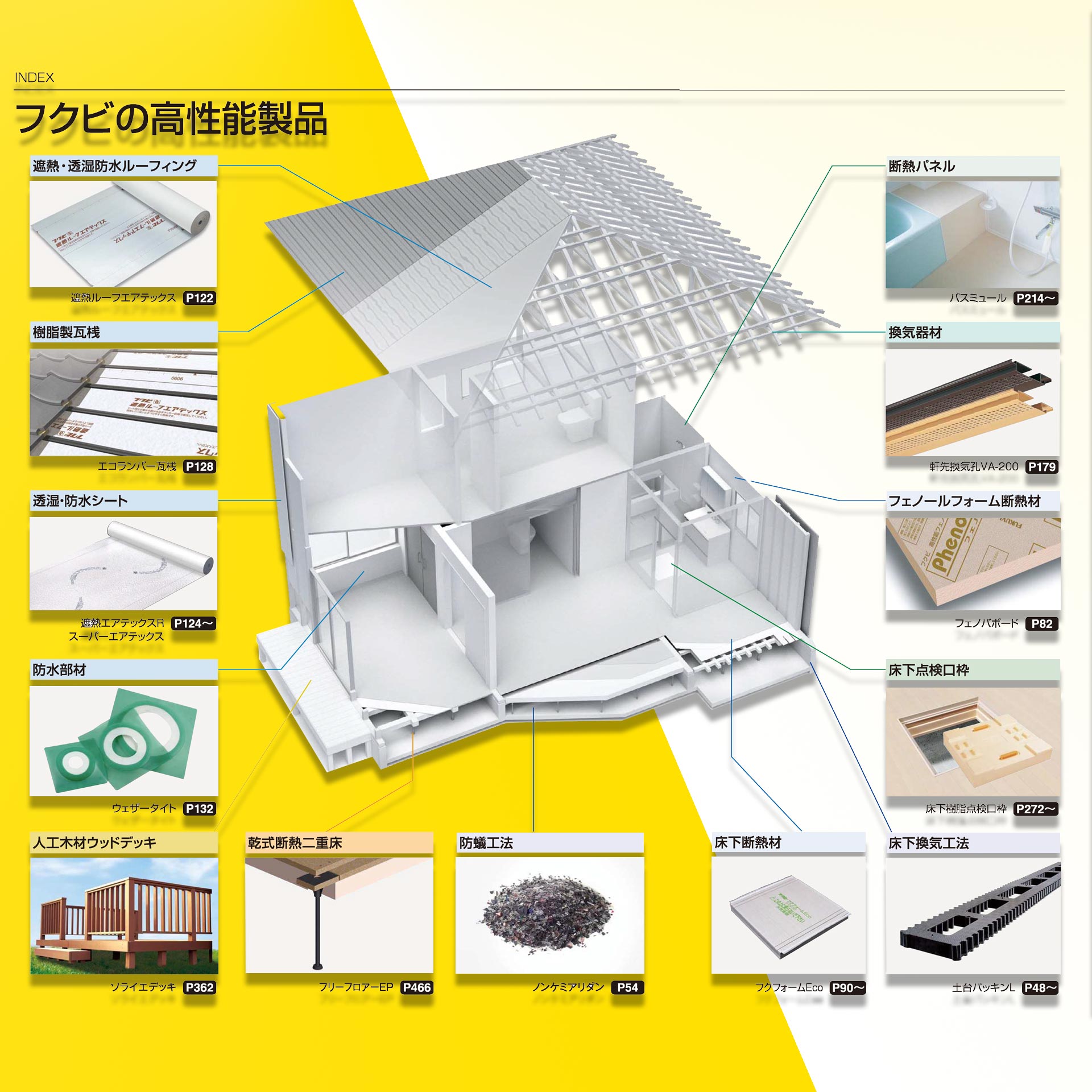
Fukuvi Materials

Fukuvi Chemical Industry Co., Ltd. is the largest plastic extrusion manufacturer of construction and industrial products in Japan. Headquartered in Fukui City, Fukui Prefecture, Fukuvi produces materials for residential, commercial and industrial building and renovation projects. Our products are used across countries like, Thailand, Japan, Vietnam, USA, etc. in home renovation, reform and construction. Despite being a plastic extrusion manufacturer, we pride ourselves on our dedication and efforts in reducing our impact on the environment throughout all of our operations.
At Fukuvi Thailand, we supply a variety of products for interior and exterior home renovation projects, such as, bathroom wall decoration, bathroom wall panels, bathroom flooring, bathroom ceiling, kitchen wall panels, non-slip flooring, wood plastic composite (WPC) deck, louver, wall paneling and much more. Not only products, but we also have available an official subcontractor and professional installers in case our customers need such services.
Currently, at Fukuvi Thailand, we do not have a showroom but are actively working on building one as soon as possible. Once our showroom is finished, interested parties will be able to visit us and experience our products in person.



